The Johnson Space Center in Houston, Texas, holds 35,000 original photographs from NASA’s historic Apollo missions to the Moon. For the first time in 50 years, these photos have been restored, pixel by pixel, to show iconic images with unprecedented amazing detail.
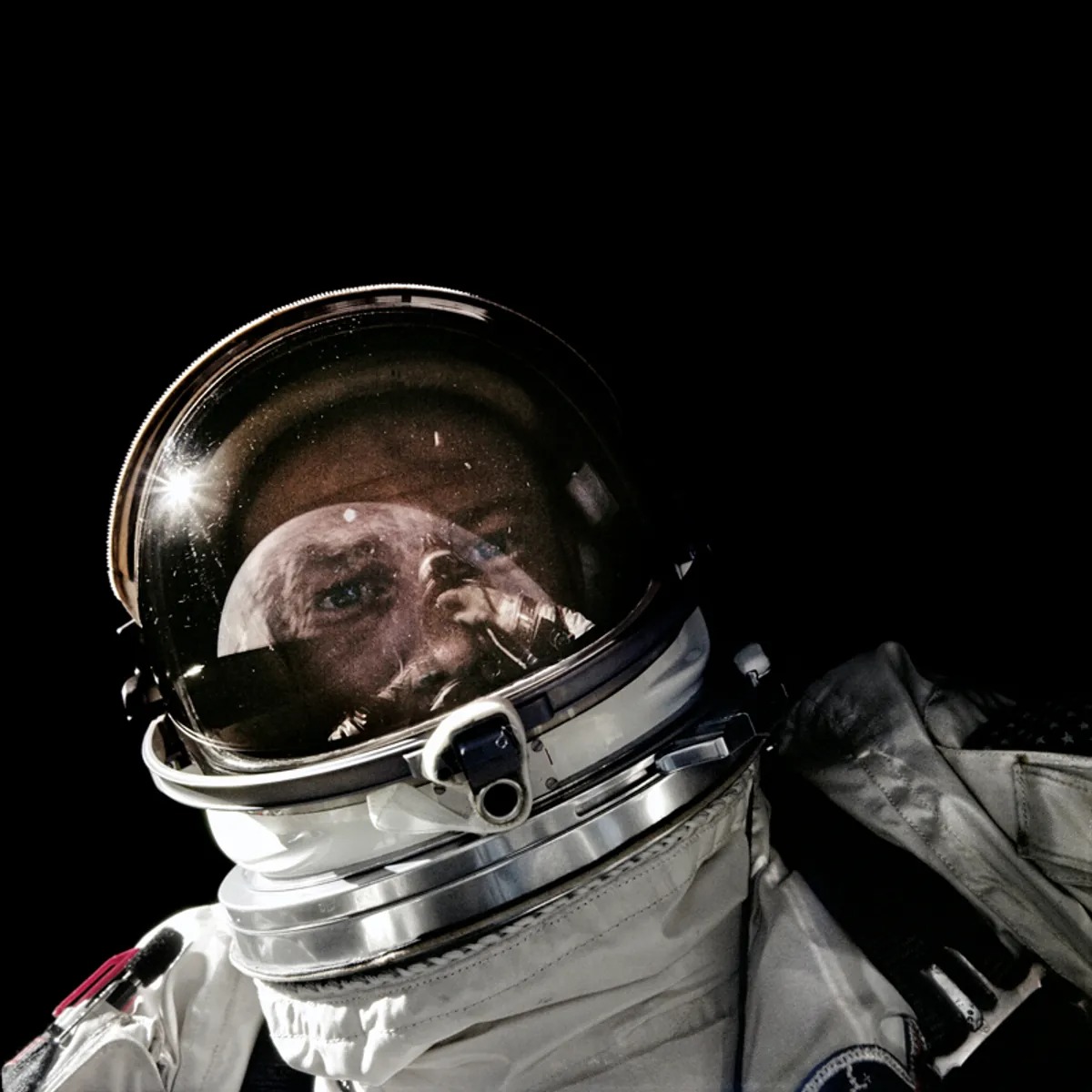
The idea of restoration appeared at a time when humanity is returning to the Moon again with a new Artemis program, the purpose of which is to land the first woman and an African-American on the surface of our moon. Now, thanks to the magic of the photographer Andy Saunders, we can once again explore historical events in unprecedented detail.
In the magnificent new book Apollo Remastered, Saunders, who is one of NASA’s leading experts on digital restoration, used advanced techniques and skills to create the highest quality images of Apollo that have ever been created. These photos show very accurately what the moon really was.
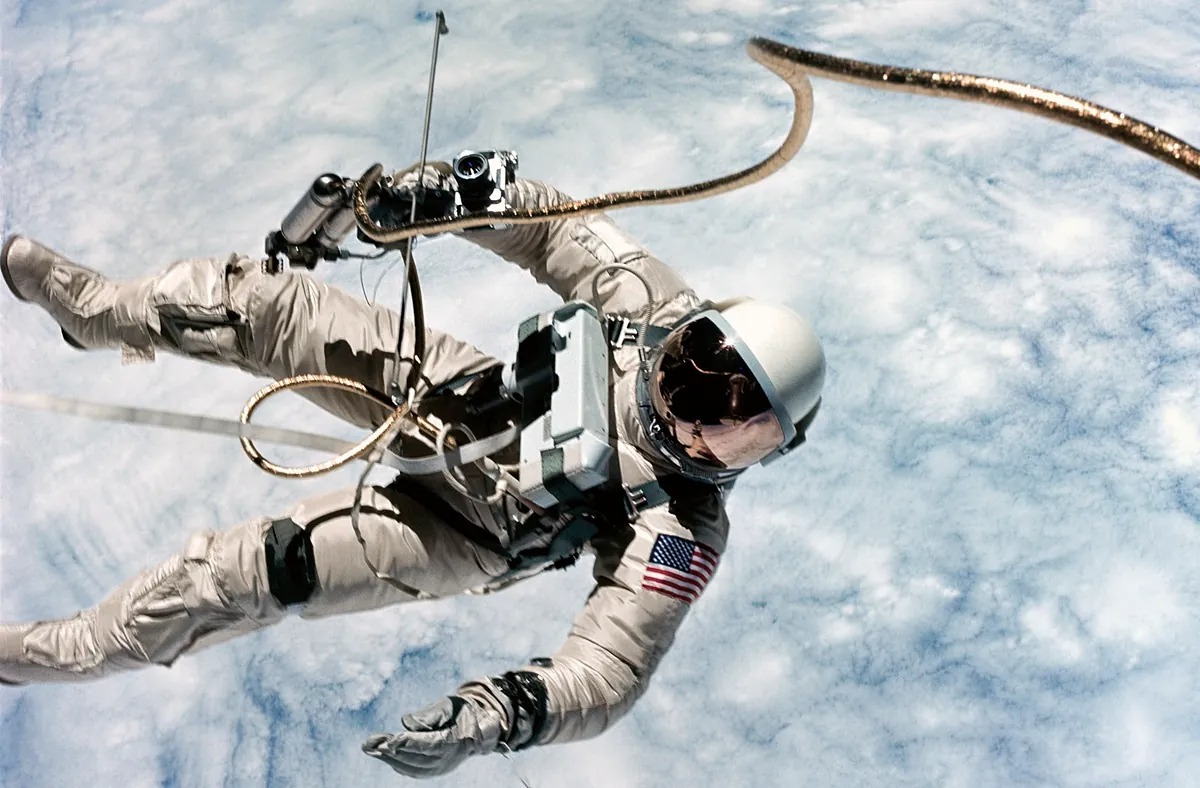
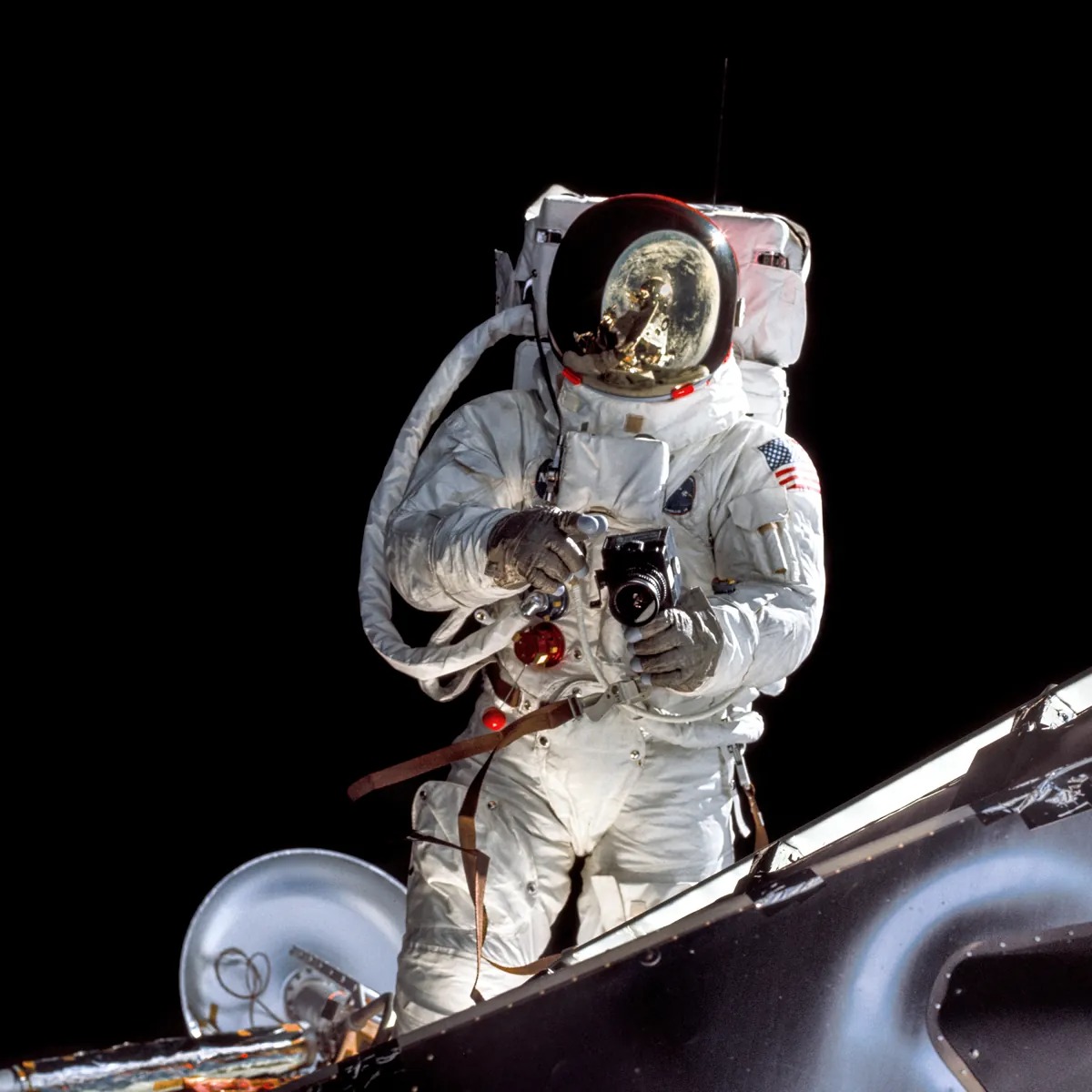
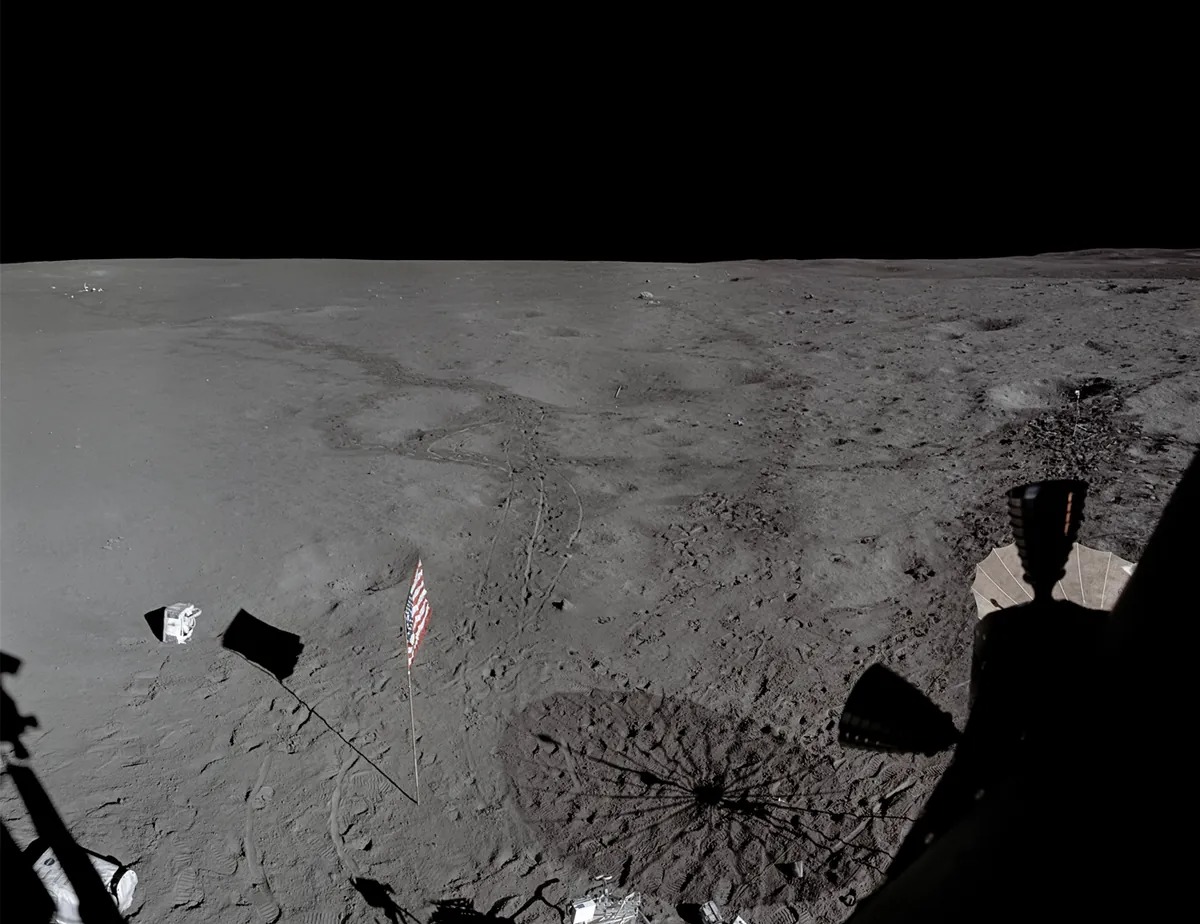
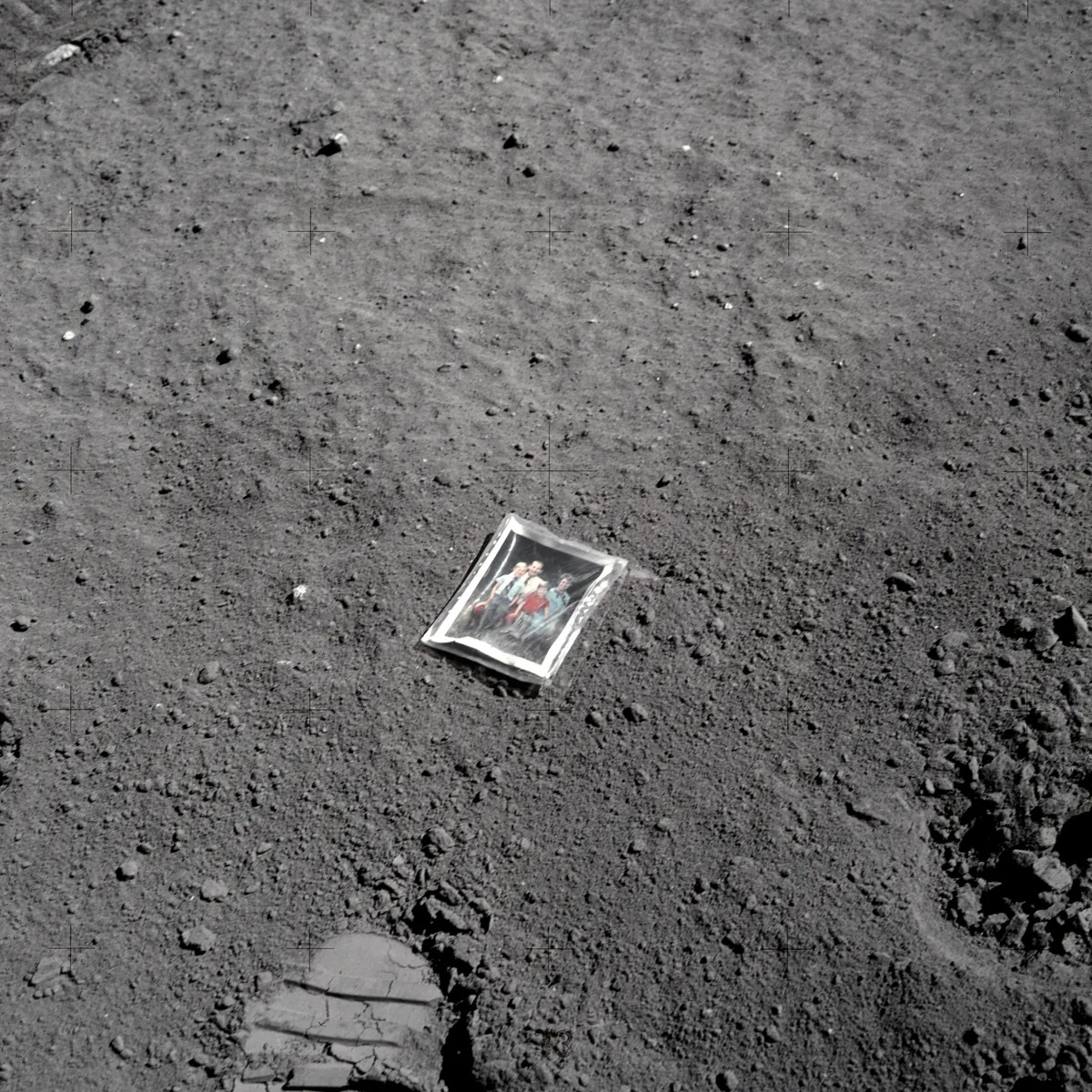
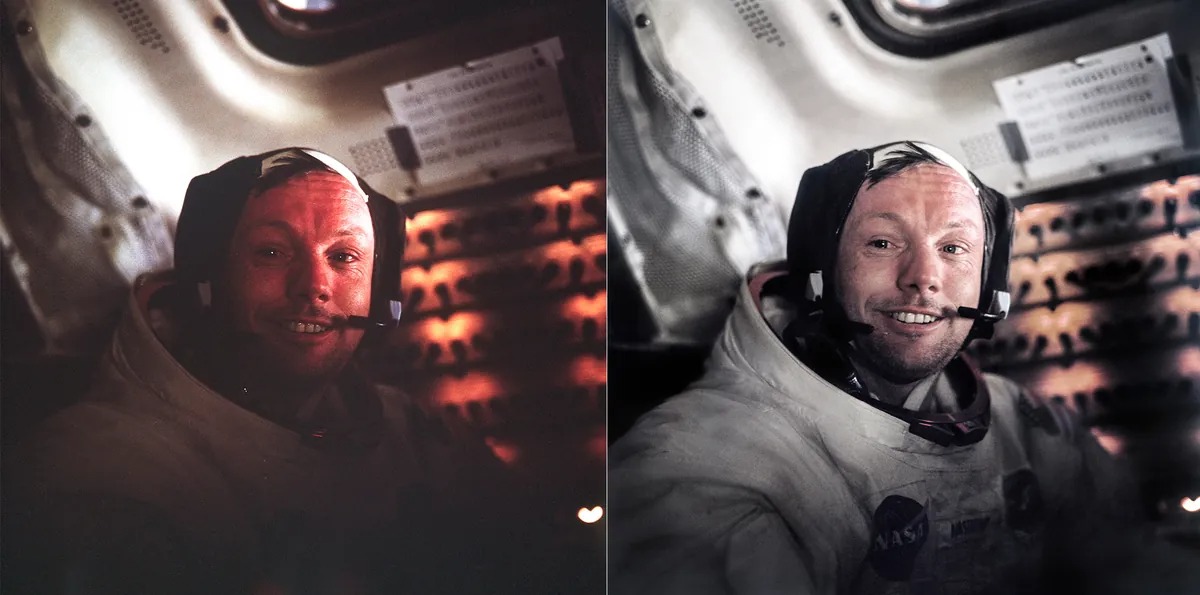
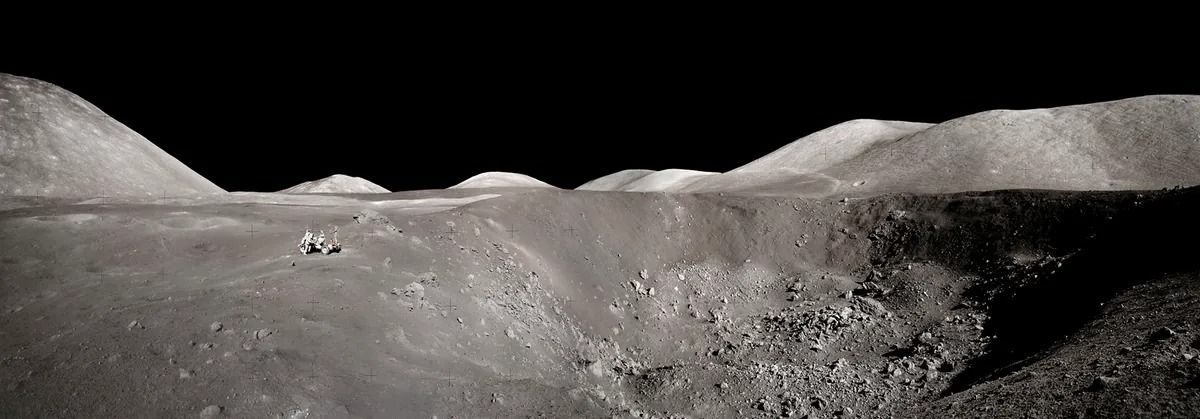
This December marks 50 years since the last time people set foot on the Moon and took the last shots on its surface. In the next decade, we can hope not only for new impressive photos from the surface of our moon, but also the opportunity to look at it in a completely different way thanks to 360-degree video or through VR headset glasses that will allow us to feel like an astronaut.
Earlier we reported on how the iconic photos of Armstrong and Aldrin from Apollo 11 went under the hammer.
Follow us on Twitter to get the most interesting space news in time
https://twitter.com/ust_magazine

